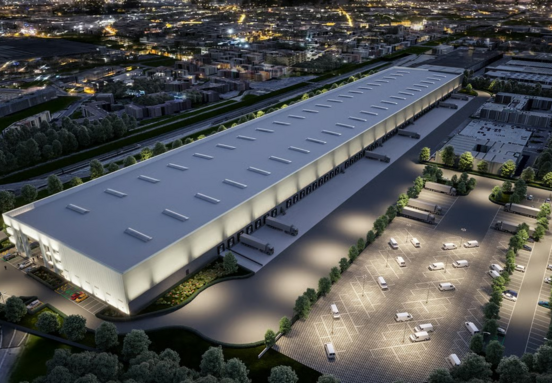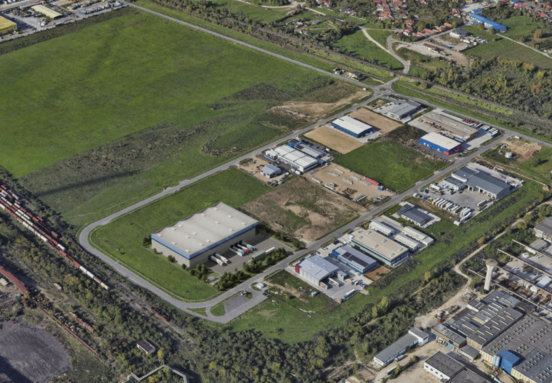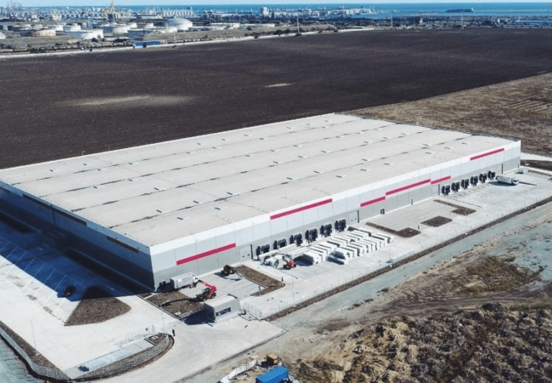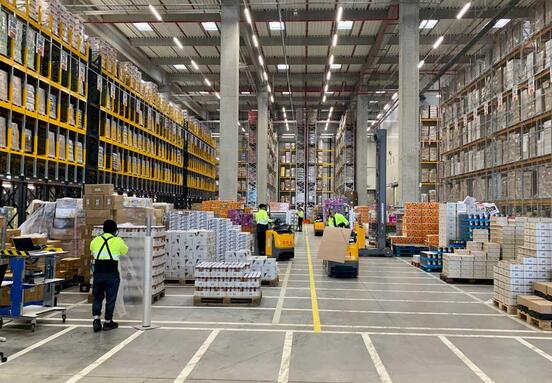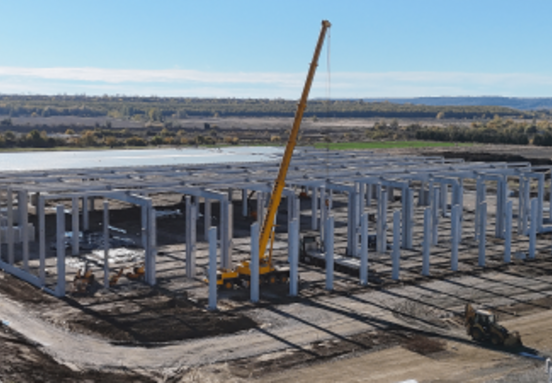“We have prepared this plant for 300,000 units per year and three shifts. Now we are producing around 60,000 cars per year, and the addition of the second model will take us to around 150,000 – 200,000 units per year or even more. Of course, it also depends on what vehicle we are talking about. The company is looking for alternatives,” Ford Romania President Jan Gijsen stated recently. “This is what happened with the engine plant too. We started out with a single engine, the Fox (1.0 EcoBoost), and a single shift, then the second shift and the second engine, the Sigma (1.5 EcoBoost), followed” the President of Ford Romania added.
He pointed out that he does not comment on Ford’s future models, because of reasons having to do with the competition, so that nothing about the second model is officially known yet. What is certain is that the sustained investments made so far and the plans to invest in community projects until 2017 show Ford’s interest in maintaining its industrial activities in Romania.
“I remind you we have so far invested EUR 1 bln in this plant. Do you see any company in the world investing EUR 1 bln somewhere and then leaving? It would be foolish,” Jan Gijsen stated.
Likewise, he pointed out that the collaboration with local universities is working and Ford is trying to prepare people in schools in order to hire them when the second model starts being produced.
“We are working with universities on various education programs. You know we will expand our production with a second vehicle and when this happens we will have to hire new people. We will switch from two to three shifts. So we will need trained people and by working closely with universities we will be able to have better trained people in the domains we need them. People have to be better trained for this industry (the auto industry – editor’s note). In the end it’s a win for the university and a win for us,” Gijsen stated.
The Ford plant in Craiova is particularly competitive in what concerns production costs and quality, spending USD 700 per vehicle – labor force and utilities – compared to approximately USD 1,500 in Western Europe, the President of Ford Romania stated. (source: nineoclock.ro)
